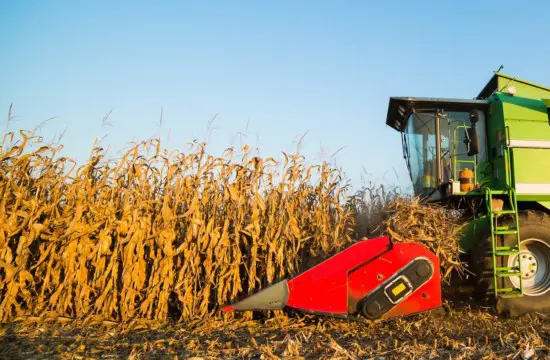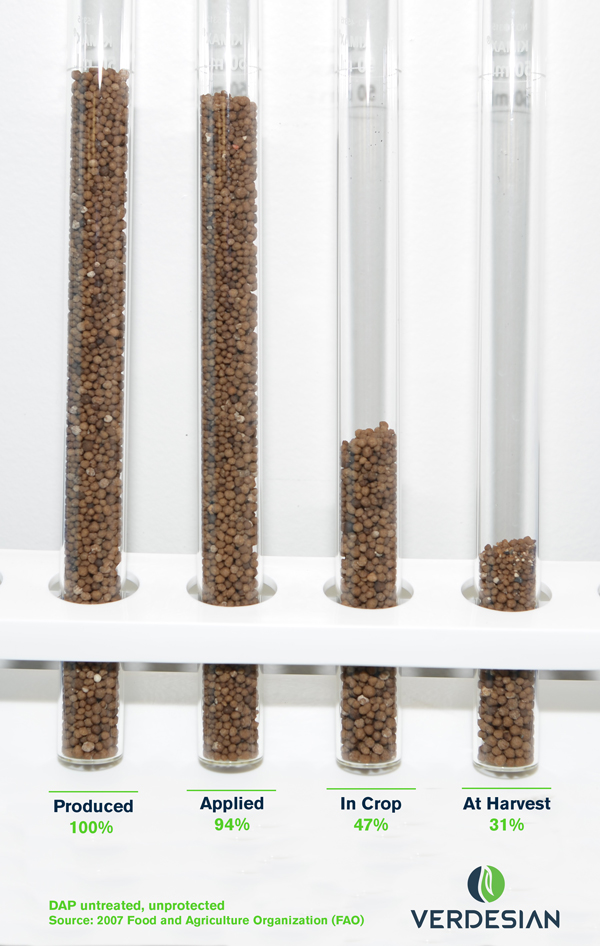At Verdesian Life Sciences, we were delighted to see this rise in commodity prices because we know the literal and psychological importance of this measurement to our grower customers. At an elementary level, it is an indicator that agricultural markets may finally be on the rebound. That is clearly good news worth celebrating. And while it’s easy to get excited when you know that $4 corn equals a 4x return on investment with NutriSphere-N® or AVAIL®, for instance, it is important to remind ourselves that nutrient use efficiency (NUE), along with other precision agricultural technologies and practices, are wise investments with a sustainable near-term return on investment to this year’s crop and a long-term return on the environment for generations to come.
Agriculture is constantly improving and striving for greater efficiency practices. Producers have been looking for and implementing greater efficiency practices that for as long as people have been able to grow food out of the soil. It just so happens that the past decade has seen a vast improvement in this area, particularly in the areas of nutrient use efficiency technologies and in precision agriculture. And while you can’t control commodity prices, you can make a conscious decision to optimize your input costs, use efficiency technologies and engage in precision application along with factoring your individual soil, weather, crop production and regulations to reduce waste, improve efficiency and maximize ROI. Verdesian’s nutrient use efficiency products do just that.
Farming is a long-term investment that necessitates patience. Much like the stock market, there will be ups and downs. By working within the 4R framework to identify the right fertilizer practices linked to source, rate, time and place there are things you can do to maximize, not just protect, your investments, even when commodity prices are down – or even back up again.
According to the Food and Agriculture Organization, up to 50% of unprotected applied fertilizer can be subject to loss to the environment and up to 33% can be lost to the crop before harvest. Food and Agriculture Organization



